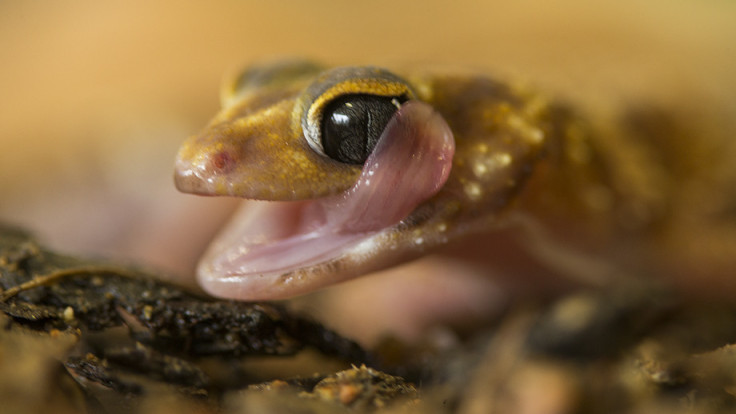Australia got really cold 35 million years ago causing a mass extinction of geckoes
An amazing array of geckoes evolved in the deserts of Australia after the mass extinction.
A huge drop in temperatures at the time Australia split off from Antarctica led to a mass extinction of geckoes, an evolutionary study finds. The effects of the event are still reflected in Australian biodiversity today.
Pygopodoid geckoes belong to a family that includes snake-like legless lizards, and live in Australia and New Guinea. There are about 150 species of pygopodoid gecko in Australia.
But there were once a lot more. Scientists have found that a huge number of these geckoes were wiped out when the climate suddenly became much cooler about 35 million years ago, finds a study published in the journal Evolution.
"The dramatic shift to colder and drier climates likely resulted in rapidly changing Australian habitats, which hugely impacted the animals that inhabited them," said study author Ian Brennan from the Australian National University in a statement.
This dramatic period of cooling changed the landscape of Australia, benefitting some species and pushing others to extinction. As well as becoming cooler, the climate got a lot drier as well. The geckoes that were able to survive were those that could adapt to the rapidly spreading deserts through Australia.
"Our research provides evidence that rapid shifts in climate may have profound and long-lasting effects on global biodiversity," said Brennan.
As deserts spread throughout Australia and the climate warmed, pygopodoid geckoes that had adaptations to the dry, hot landscape thrived. "Many desert geckos also have strategies and attributes to avoid water loss, such as having relatively rugged skin and scales," said Paul Oliver, also a researcher at ANU and a study author.

Some species developed adaptations such as so-called spectacles, which are clear, colourless scales over the eye to prevent drying out in the harsh climate. Others, such as the Underwoodisaurus and the Nephrurus, evolved small 'eyebrows' to keep dust and dirt off their eyes while burrowing into the ground to avoid the heat.
"Our findings suggest that arid regions of Australia have acted as a cradle for geckos, promoting the rich gecko diversity that is found across the continent," said Brennan.
© Copyright IBTimes 2024. All rights reserved.







